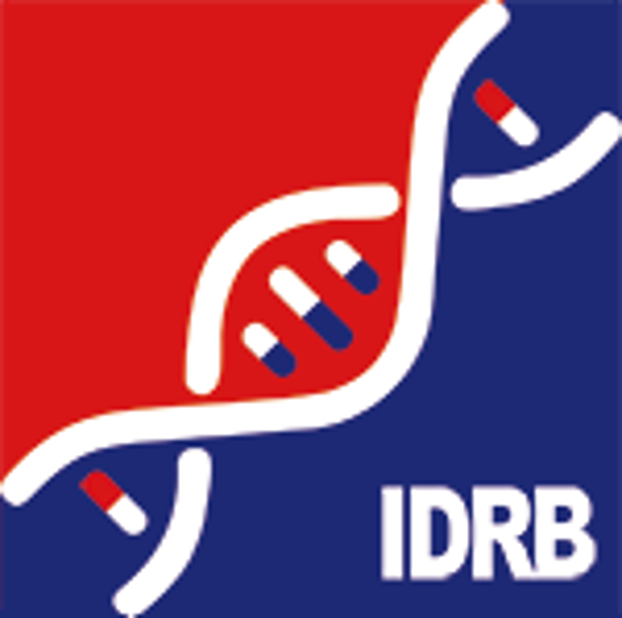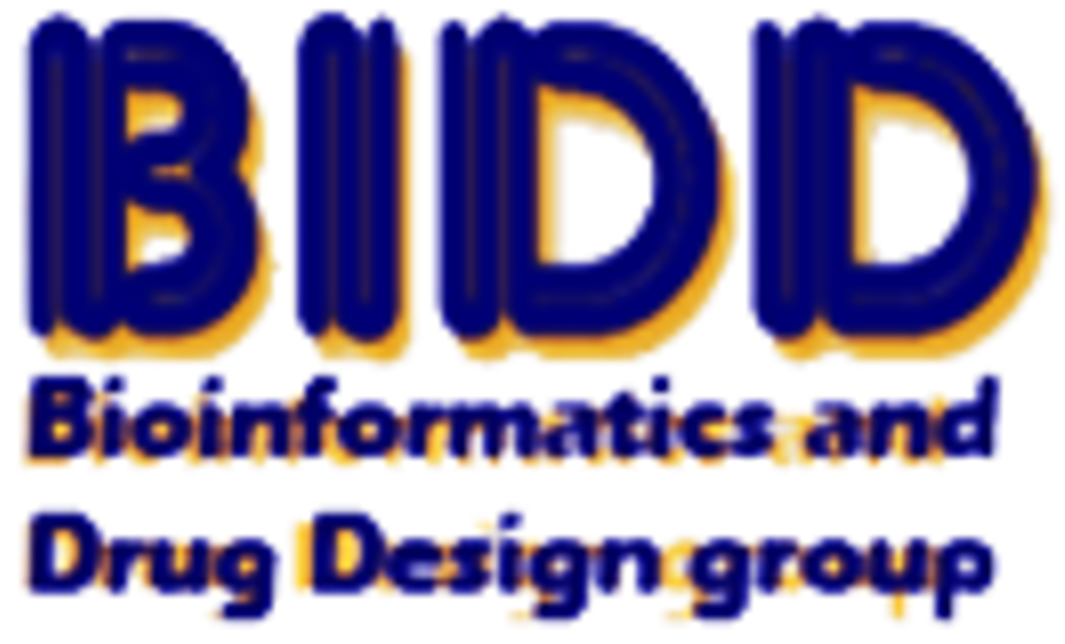Target Information
| Target General Information | Top | |||||
|---|---|---|---|---|---|---|
| Target ID |
T21123
|
|||||
| Target Name |
Hypoxia-inducible factor 2 alpha (HIF-2A)
|
|||||
| Synonyms |
bHLHe73; PASD2; PAS domain-containing protein 2; Member of PAS protein 2; MOP2; Hypoxia-inducible factor 2-alpha; HLF; HIF2A; HIF2-alpha; HIF-2-alpha; HIF-1-alpha-like factor; Endothelial PAS domain-containing protein 1; EPAS-1; Class E basic helix-loop-helix protein 73; Basic-helix-loop-helix-PAS protein MOP2
Click to Show/Hide
|
|||||
| Gene Name |
EPAS1
|
|||||
| Target Type |
Successful target
|
[1] | ||||
| Disease | [+] 1 Target-related Diseases | + | ||||
| 1 | Adrenomedullary hyperfunction [ICD-11: 5A75] | |||||
| Function |
Heterodimerizes with ARNT; heterodimer binds to core DNA sequence 5'-TACGTG-3' within the hypoxia response element (HRE) of target gene promoters. Regulates the vascular endothelial growth factor (VEGF) expression and seems to be implicated in the development of blood vessels and the tubular system of lung. May also play a role in the formation of the endothelium that gives rise to the blood brain barrier. Potent activator of the Tie-2 tyrosine kinase expression. Activation requires recruitment of transcriptional coactivators such as CREBBP and probably EP300. Interaction with redox regulatory protein APEX seems to activate CTAD. Transcription factor involved in the induction of oxygen regulated genes.
Click to Show/Hide
|
|||||
| UniProt ID | ||||||
| Sequence |
MTADKEKKRSSSERRKEKSRDAARCRRSKETEVFYELAHELPLPHSVSSHLDKASIMRLA
ISFLRTHKLLSSVCSENESEAEADQQMDNLYLKALEGFIAVVTQDGDMIFLSENISKFMG LTQVELTGHSIFDFTHPCDHEEIRENLSLKNGSGFGKKSKDMSTERDFFMRMKCTVTNRG RTVNLKSATWKVLHCTGQVKVYNNCPPHNSLCGYKEPLLSCLIIMCEPIQHPSHMDIPLD SKTFLSRHSMDMKFTYCDDRITELIGYHPEELLGRSAYEFYHALDSENMTKSHQNLCTKG QVVSGQYRMLAKHGGYVWLETQGTVIYNPRNLQPQCIMCVNYVLSEIEKNDVVFSMDQTE SLFKPHLMAMNSIFDSSGKGAVSEKSNFLFTKLKEEPEELAQLAPTPGDAIISLDFGNQN FEESSAYGKAILPPSQPWATELRSHSTQSEAGSLPAFTVPQAAAPGSTTPSATSSSSSCS TPNSPEDYYTSLDNDLKIEVIEKLFAMDTEAKDQCSTQTDFNELDLETLAPYIPMDGEDF QLSPICPEERLLAENPQSTPQHCFSAMTNIFQPLAPVAPHSPFLLDKFQQQLESKKTEPE HRPMSSIFFDAGSKASLPPCCGQASTPLSSMGGRSNTQWPPDPPLHFGPTKWAVGDQRTE FLGAAPLGPPVSPPHVSTFKTRSAKGFGARGPDVLSPAMVALSNKLKLKRQLEYEEQAFQ DLSGGDPPGGSTSHLMWKRMKNLRGGSCPLMPDKPLSANVPNDKFTQNPMRGLGHPLRHL PLPQPPSAISPGENSKSRFPPQCYATQYQDYSLSSAHKVSGMASRLLGPSFESYLLPELT RYDCEVNVPVLGSSTLLQGGDLLRALDQAT Click to Show/Hide
|
|||||
| 3D Structure | Click to Show 3D Structure of This Target | AlphaFold | ||||
| Drugs and Modes of Action | Top | |||||
|---|---|---|---|---|---|---|
| Approved Drug(s) | [+] 1 Approved Drugs | + | ||||
| 1 | Belzutifan | Drug Info | Approved | Von hippel-lindau disease | [2] | |
| Clinical Trial Drug(s) | [+] 1 Clinical Trial Drugs | + | ||||
| 1 | PT2385 | Drug Info | Phase 2 | Recurrent glioblastoma | [3], [4] | |
| Mode of Action | [+] 1 Modes of Action | + | ||||
| Inhibitor | [+] 2 Inhibitor drugs | + | ||||
| 1 | Belzutifan | Drug Info | [3] | |||
| 2 | PT2385 | Drug Info | [1] | |||
| Cell-based Target Expression Variations | Top | |||||
|---|---|---|---|---|---|---|
| Cell-based Target Expression Variations | ||||||
| Drug Binding Sites of Target | Top | |||||
|---|---|---|---|---|---|---|
| Ligand Name: PT2385 | Ligand Info | |||||
| Structure Description | Crystal structure of PT2385 bound to HIF2a-B*:ARNT-B* complex | PDB:5TBM | ||||
| Method | X-ray diffraction | Resolution | 1.85 Å | Mutation | Yes | [5] |
| PDB Sequence |
LDSKTFLSEH
248 SMDMKFTYCD258 DRITELIGYH268 PEELLGRSAY278 EFYHALDSEN288 MTKSHQNLCT 298 KGQVVSGQYR308 MLAKHGGYVW318 LETQGTVIYN328 PPQCIMCVNY342 VLSEIE |
|||||
|
|
PHE244
3.178
SER246
3.697
HIS248
3.346
SER249
4.433
MET252
3.512
PHE254
3.854
ILE261
4.782
ALA277
3.298
PHE280
3.654
TYR281
3.240
MET289
3.685
SER292
3.622
HIS293
2.650
|
|||||
| Ligand Name: 2-(carboxymethylamino)-2-oxoacetic acid | Ligand Info | |||||
| Structure Description | HIF PROLYL HYDROXYLASE 2 (PHD2/EGLN1) IN COMPLEX WITH N-OXALYLGLYCINE (NOG) AND HIF-2 ALPHA CODD (523-542) | PDB:7Q5V | ||||
| Method | X-ray diffraction | Resolution | 1.17 Å | Mutation | No | [6] |
| PDB Sequence |
ELDLETLAPY
532 IPMDGEDFQL542
|
|||||
|
|
||||||
| Click to View More Binding Site Information of This Target with Different Ligands | ||||||
| Different Human System Profiles of Target | Top |
|---|---|
|
Human Similarity Proteins
of target is determined by comparing the sequence similarity of all human proteins with the target based on BLAST. The similarity proteins for a target are defined as the proteins with E-value < 0.005 and outside the protein families of the target.
A target that has fewer human similarity proteins outside its family is commonly regarded to possess a greater capacity to avoid undesired interactions and thus increase the possibility of finding successful drugs
(Brief Bioinform, 21: 649-662, 2020).
Biological Network Descriptors
of target is determined based on a human protein-protein interactions (PPI) network consisting of 9,309 proteins and 52,713 PPIs, which were with a high confidence score of ≥ 0.95 collected from STRING database.
The network properties of targets based on protein-protein interactions (PPIs) have been widely adopted for the assessment of target’s druggability. Proteins with high node degree tend to have a high impact on network function through multiple interactions, while proteins with high betweenness centrality are regarded to be central for communication in interaction networks and regulate the flow of signaling information
(Front Pharmacol, 9, 1245, 2018;
Curr Opin Struct Biol. 44:134-142, 2017).
Human Similarity Proteins
Biological Network Descriptors
|
|
|
There is no similarity protein (E value < 0.005) for this target
|
| Degree | 14 | Degree centrality | 1.50E-03 | Betweenness centrality | 1.97E-04 |
|---|---|---|---|---|---|
| Closeness centrality | 2.35E-01 | Radiality | 1.41E+01 | Clustering coefficient | 1.65E-01 |
| Neighborhood connectivity | 3.29E+01 | Topological coefficient | 1.13E-01 | Eccentricity | 11 |
| Download | Click to Download the Full PPI Network of This Target | ||||
| Chemical Structure based Activity Landscape of Target | Top |
|---|---|
| Target Poor or Non Binders | Top | |||||
|---|---|---|---|---|---|---|
| Target Poor or Non Binders | ||||||
| Target Regulators | Top | |||||
|---|---|---|---|---|---|---|
| Target-regulating microRNAs | ||||||
| Target-interacting Proteins | ||||||
| Target Affiliated Biological Pathways | Top | |||||
|---|---|---|---|---|---|---|
| KEGG Pathway | [+] 2 KEGG Pathways | + | ||||
| 1 | Pathways in cancer | |||||
| 2 | Renal cell carcinoma | |||||
| References | Top | |||||
|---|---|---|---|---|---|---|
| REF 1 | Hypoxia-inducible factor 2: a novel target in gliomas.Future Med Chem. 2018 Sep 1;10(18):2227-2236. | |||||
| REF 2 | FDA Approved Drug Products from FDA Official Website. 2021. Application Number: 215383. | |||||
| REF 3 | Clinical pipeline report, company report or official report of the Pharmaceutical Research and Manufacturers of America (PhRMA) | |||||
| REF 4 | Clinical pipeline report, company report or official report of the Pharmaceutical Research and Manufacturers of America (PhRMA) | |||||
| REF 5 | A Small-Molecule Antagonist of HIF2Alpha Is Efficacious in Preclinical Models of Renal Cell Carcinoma. Cancer Res. 2016 Sep 15;76(18):5491-500. | |||||
| REF 6 | HIF PROLYL HYDROXYLASE 2 (PHD2/EGLN1) IN COMPLEX WITH N-OXALYLGLYCINE (NOG) AND HIF-2 ALPHA CODD (523-542) | |||||
If You Find Any Error in Data or Bug in Web Service, Please Kindly Report It to Dr. Zhou and Dr. Zhang.

